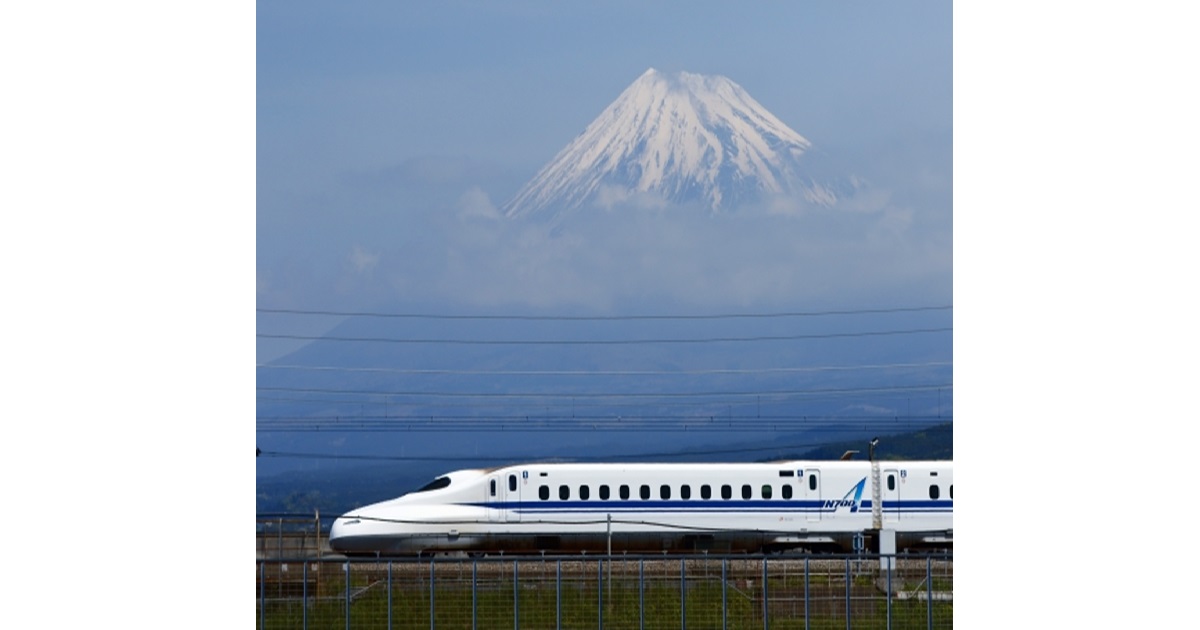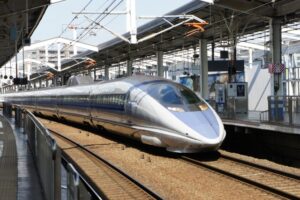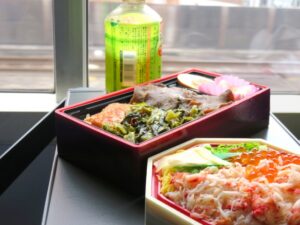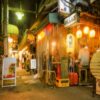The Shinkansen, or “bullet train,” is an icon of modern Japan.
It’s known for its incredible speed, punctuality, and comfort, making it the best way to travel between major cities like Tokyo, Kyoto, and Osaka.
Booking and riding the Shinkansen is easy once you know the basics.
This guide will cover everything you need for a perfect journey.
Step 1: Booking Your Ticket
You have a few options for buying your Shinkansen ticket.
- Ticket Machines: Most major stations have dedicated Shinkansen ticket machines. They have an English language option and are quite easy to use.
- Ticket Office (Midori no Madoguchi): Look for the green sign for the “Midori no Madoguchi.” Here, you can speak to an agent to buy tickets, which is helpful for complex routes.
- Online: You can book tickets online through the official JR websites (like SmartEX), but this can sometimes be tricky for first-timers.
Step 2: Choosing Your Seat Type
Your ticket will have two parts: a base fare ticket and a Shinkansen express supplement ticket.
You’ll need to choose what kind of seat you want.
- Non-Reserved Seat (Jiyuseki / 自由席): These seats are in specific cars (usually cars 1-3). You don’t have a specific seat assigned, so you just find an empty one. It’s cheaper but can be risky during peak travel times as you might not find a seat.
- Reserved Seat (Shiteiseki / 指定席): You pay a little extra to have a specific seat assigned to you. This is highly recommended, especially if you have luggage or are traveling during holidays.
- Green Car (Gurīnsha / グリーン車): This is the first-class car. The seats are larger, have more legroom, and offer a quieter, more luxurious experience.
Step 3: At the Station
Before heading to your platform, consider grabbing an “Ekiben.”
Ekiben (駅弁) are bento boxes sold at train stations, featuring local specialties from the region.
It’s a fun and delicious part of the Shinkansen experience.
Your ticket will show your car number and seat number.
The platforms have signs indicating where each car will stop, so you can wait in the correct spot.
Step 4: Onboard the Shinkansen
Once onboard, find your seat and relax.
- Luggage: There is overhead space for small bags and backpacks. For large suitcases, there is often a dedicated luggage space at the end of each car. On some lines (Tokaido, Sanyo, Kyushu), you must reserve a spot for oversized baggage in advance.
- Wi-Fi: Most Shinkansen trains offer free Wi-Fi.
- Power Outlets: Most seats, especially in newer trains, have power outlets for charging your devices.
Pro Tip: Is the Japan Rail Pass Worth It?
The Japan Rail Pass (JR Pass) allows for unlimited travel on most JR trains, including the Shinkansen, for a set period (7, 14, or 21 days).
It can be a fantastic deal if you plan on making multiple long-distance trips.
General Rule: A simple round-trip between Tokyo and Kyoto will usually make the 7-day pass pay for itself.
If you add another city like Hiroshima, it’s almost certainly worth it.
You can easily book your pass before you arrive in Japan through a trusted site like Klook.
You Might Also Like
For shorter distances and daily travel within cities, Japan’s IC cards are essential.
Learn how they work and which one to get.
Japan’s IC Cards: Your Guide to Suica, Pasmo, and More
If you found this guide helpful, please give it a like!.








